In the tough worlds of mining, construction, and heavy gear work, OTR tires act as key parts. These tires handle harsh settings—sharp rocks, thick mud, and steady big loads—that can raise costs if not handled right. Workers often look at front OTR tire costs first. But true savings come from digging deeper. Total cost of ownership, or TCO, shows the whole view. It covers not just the buy price, but also steady costs like upkeep, breaks in work, and new buys. Clever build in durable OTR tires plays a big part here. It makes tires last longer, lowers fix needs, and raises work speed on the site. This piece looks at how better building in OTR tires cuts TCO. It pulls from real tips from the job.
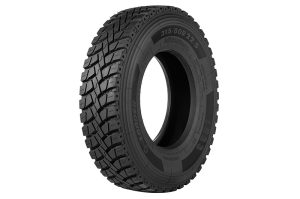
Understanding Total Cost of Ownership for OTR Tires
TCO looks past the tag price. It covers every buck spent over a tire’s life. Start costs form only about 20-30% of the whole. This comes from trade marks from heavy gear groups. The rest? Gas use, work for fixes, and lost output from sudden stops.
Think about a mining job with joint dump trucks. One tire break could stop work for hours. That costs lots in still time. Facts from rock dig sites show bad tire work can push TCO up by up to 40%. This happens through often new buys and more gas from odd wear. Things like tread deepness, mix stuff, and side wall power shape these numbers right. Deeper treads deal with rough grounds better. And strong covers fight cuts from pointy bits. In building, where loaders move on bumpy land, tires with good heat spread stop bursts. This keeps machines going longer.
TCO Breakdown Components
Purchase Price: Often the start spot, but low cost tires may break soon. This wipes out any saves.
Operational Costs: Gas speed falls with worn treads. Tests show a 5-10% rise in use for bad tires.
Maintenance and Downtime: Normal checks and turns add up. But tough builds cut this down.
End-of-Life Value: Tires that last longer cut throw away times. This eases green and money loads.
By putting first builds that fix these parts, equipment operators see true drops in OTR tire costs.
The Role of Durability in Reducing OTR Tire Costs
Durability in OTR tires means more than just strength—it’s the key factor in reducing total cost of ownership..
Durable OTR tires stand up to hard off-road spots, from under ground mines to open holes. They have mixes that fight cuts, holes, and heat pile up. These are usual reasons for early breaks.
Look at loaders in rocky digs. Tires there face steady rub. A well made tire with extra deep treads and strong shoulders can make life twice as long as normal ones. This means fewer buys over time. In one group check, changing to stronger tires cut year new buys by 25%. This straight lowers TCO.
Heat fight counts too. Jobs in warm places or with heavy loads make rub that hurts rubber. Tires built with low heat mixes keep shape. They skip cracks and add miles. For dump trucks pulling ore, this means going more land before changes. Some notes show 15-20% gas saves from steady pull.
Durability also stops side costs. Less wear means fewer line ups and weights. This frees fixers for other jobs. At heart, putting cash in durable OTR tires moves spending from quick fixes to forward wins.
Innovative Design Features That Enhance Longevity
Smart OTR tire build adds parts made for hard spots. These are not tricks. They are true fixes from years of site tests.
Deep tread shapes stand out. For example, no direction builds with groove rock pushers stop bit pile up. They keep hold on muddy or rocky ways. This self clean move cuts slip. Slip speeds wear else.
Special mixes play a main part. Cut fight recipes guard from sharp sides in mining. Heat spread layers keep tires cool under load. Side walls get extra strong to handle hits from big rocks or edges.
Key Design Features
Extra-Deep Treads: Up to 8% deeper than usual, boosting hole fight and tread life in under alleys or tunnels.
Smooth Shoulder Designs: Round curves spread push even, cutting shakes and adding cover last.
Reinforced Beads: Boost overload hold, good for dozers or levelers on bumpy ground.
Non-Directional Patterns: Make sure even pull, cutting odd wear and pushing even answer.
In use, these parts join for tires that stay. A dozer worker in a coal mine might see tires lasting 30% more hours before new tread. This thanks to best groove shape that fights rock hold.
Design Features Impact Table
| Feature | Description | TCO Benefit |
| Deep Tread Depth | Extra thickness for rocky surfaces | Reduces replacements by 20-30% |
| Cut-Resistant Compound | Protects against punctures and tears | Lowers repair costs by 15% |
| Heat-Dissipating Layers | Minimizes thermal degradation | Improves fuel efficiency by 10% |
| Stone Ejectors | Prevents debris trapping | Extends mileage by 25% |
Such new ideas make durable OTR tires a wise pick for long saves.
Real-World Benefits: Case Studies and Data

Ideas aside, let’s check the real dirt. In a Mexico rock dig grow, a worker new to big brings faced proof hurdles for OTR tires. After teaming with a giver set on fit builds, they took radial tires with deep treads good for loaders. The end? Tires lasted through long turns with no breaks. This raised make by 20%. It cut TCO as fewer pieces were needed each year.
Facts from Africa mine spots say the same. Groups using bias OTR tires with wide tread tops noted 25% less stop time from cuts. One test followed 50 loaders over a year. Those with better side wall guard averaged 1,200 hours per tire, against 800 for basics. That’s a straight save in work and bits.
In building, back diggers on soft dirt gain from float shapes. A U.S. site saw gas costs fall 12% with tires giving better lift, cutting pull. These samples show how smart build turns maybe losses into speeds.
Workers in Southeast Asia, facing rain times, like self clean grooves. Mud pile once caused slips and early wear. Now, tires clear own, keeping pull and cutting clean time.
All in all, these tales mark a shape: durable OTR tires lower TCO through trust in true spots.
Introducing LANDER SEA TYRE: Your Reliable OTR Tire Supplier
Qingdao Lander Sea Tyre has made a solid name since 2013 as a focused giver of top OTR tires. With five make shops covering over 3,000 square meters, the firm deals with all from raw stuff clean to last X-ray checks for flaws like air spots or bare wires. This strict way makes sure every tire hits high marks, backed by proofs such as ECE, GSO, SASO, and R117.
Set on radial and bias OTR lines, Lander Sea Tyre sends to over 50 lands, like the Middle East, Southeast Asia, Latin America, and Africa. In 2023, sends topped 750 boxes—a 30% jump from the last year, even in hard money times. The group has models like the LSB7 for loaders in rough mines, with smooth extra-deep treads for wear and puncture resistance, and the LSA8 for dumpers, giving top side wall guard and heavy load hold.
Set to buyer win, Lander gives a three-year warranty, fast answers to problems, and bend terms like mixing tire kinds in buys.For companies seeking proven, cost-effective OTR tire solutions that deliver measurable TCO savings, Lander Sea Tyre provides global reliability, technical expertise, and a 3-year warranty—trusted by partners in over 50 countries.
Conclusion
Smart OTR tire build does more than last—it changes jobs by cutting total cost of ownership. Through tough parts like deep treads and fight mixes, these tires cut stop time, gas waste, and fixes. Real world facts and cases prove the spot: longer life rounds lead to touch saves. For workers aiming to pull funds farther, picking tires that put first long last pays in the long go.
Frequently Asked Questions (FAQs)
Q1:What factors most influence OTR tire cost in heavy operations?
A:OTR tire cost hangs on start buy, but total cost of ownership covers upkeep, gas, and stop time. Durable designs with cut-resistant compounds and deep treads can cut these by making service life longer and raising speed.
Q2:How do durable OTR tires impact total cost of ownership?
A:Durable OTR tires lower total cost of ownership by fighting holes and wear, which cuts new buy times. For sample, parts like stone ejectors stop bit problems, leading to fewer fixes and more up time in mining or building.
Q3:Can smart design features really lower OTR tire costs long-term?
A: Yes, parts such as reinforced sidewalls and heat-dissipating layers in durable OTR tires add miles by 20-30%. This straight cuts total cost of ownership through less often buys and better gas use.
Q4:What should I look for in durable OTR tires to minimize total cost of ownership?
A:Look for deep tread patterns for pull, special compounds for heat fight, and proofs like ECE. These make sure long last, helping hold OTR tire costs in hard spots like digs.
Q5:How does OTR tire durability affect fleet productivity?
A:Stronger tires mean less stop time from breaks, raising make. In groups, this turns to lower total cost of ownership as machines stay running longer. They skip the hid costs of still time.



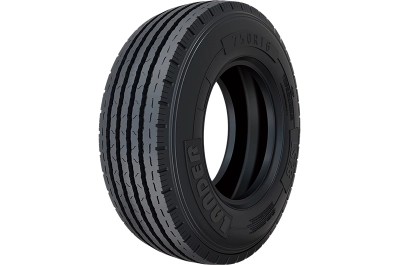

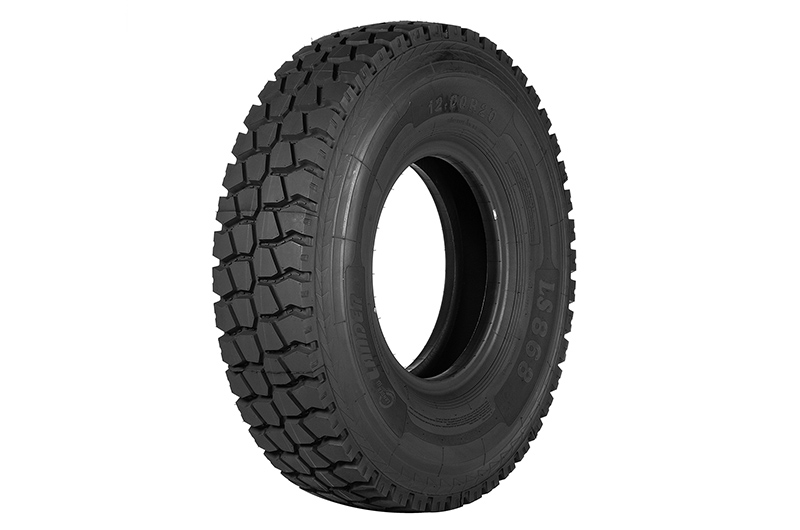
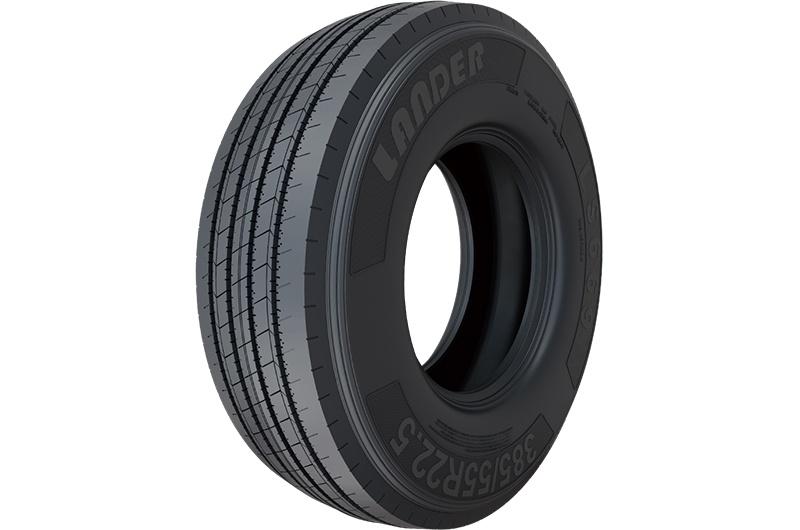

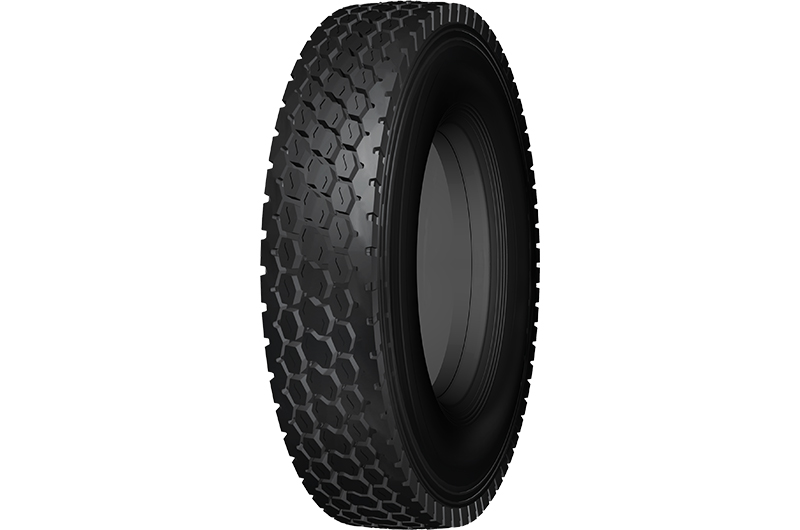
Leave a comments